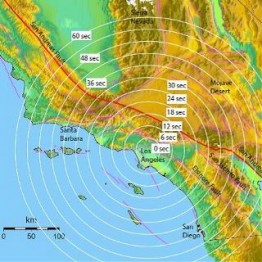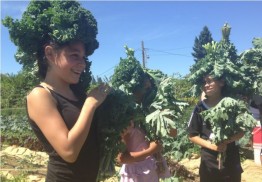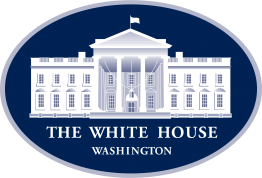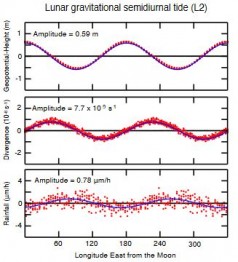Over the past week, ten new articles co-authored by members of the College of the Environment were added to the Web of Science database. They consist of articles about estimating greenhouse gases, watershed management, and more. 1. Title: Shoreline Armoring in an Estuary Constrains Wrack-Associated Invertebrate Communities Authors: S. Heerhartz, J. Toft, J, Cordell, M. Dethier, A. Ogston Source: Estuaries and Coasts, Volume 39/Issue 1, Pages 171-188.
Read more »UW awarded private, public grants to develop earthquake early warning tool
The University of Washington is among West Coast universities awarded new funding for earthquake early warning systems, announced Feb. 2 as part of a White House Earthquake Resilience Summit. The UW-based Pacific Northwest Seismic Network is helping to develop ShakeAlert, an automated alert system that could save lives and prevent millions of dollars in damages by providing seconds to minutes of warning before shaking begins.
Read more at UW Today »Risk of lead poisoning from urban gardening is low, new study finds
Using compost is the single best thing you can do to protect your family from any danger associated with lead in urban soils. Good compost will also guarantee that you will have plenty of vegetables to harvest. That’s the main finding of a paper appearing this month in the Journal of Environmental Quality. The University of Washington-led study looked at potential risks associated with growing vegetables in urban gardens and determined that the benefits of locally produced vegetables in cities outweigh any risks from gardening in contaminated soils.
Read more at UW Today »UW seismologist speaking at White House earthquake preparedness summit
A University of Washington seismologist is participating in a White House summit Tuesday that will focus on national earthquake preparedness. The event will be webcast live from 9:30 a.m. to 1:15 p.m. Pacific time. Sally Jewell, secretary of the Department of the Interior, and John Holdren, director of the White House Office of Science and Technology Policy, are scheduled to give the introductory remarks.
Read more at UW Today »Moon’s tidal forces affect amount of rainfall on Earth
When the moon is high in the sky, it creates bulges in the planet’s atmosphere that creates imperceptible changes in the amount of rain that falls below. New University of Washington research to be published in Geophysical Research Letters shows that the lunar forces affect the amount of rain – though very slightly. “As far as I know, this is the first study to convincingly connect the tidal force of the moon with rainfall,” said corresponding author Tubas Kohyama, a UW doctoral student in the Department of Atmospheric Sciences.
Read more at UW Today »





